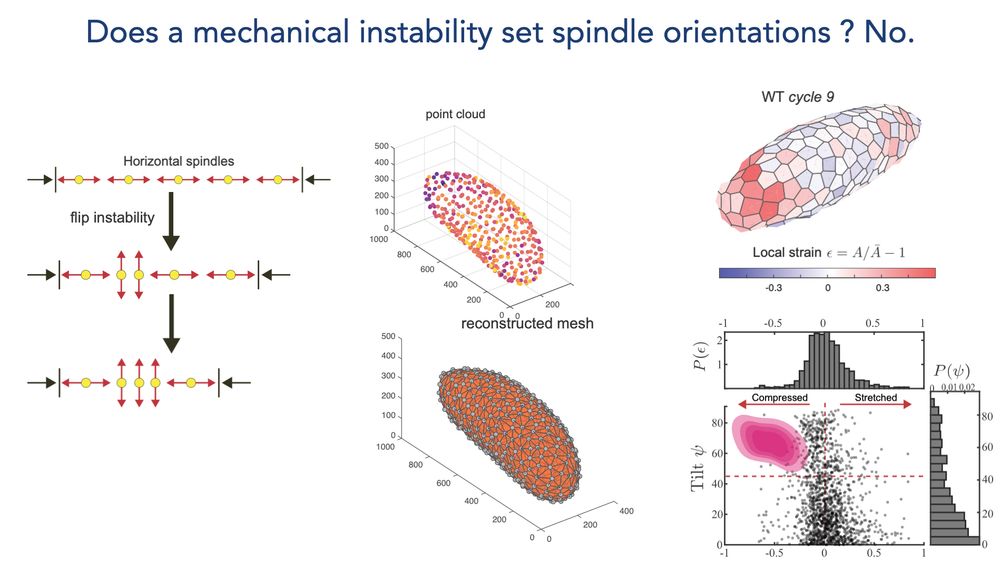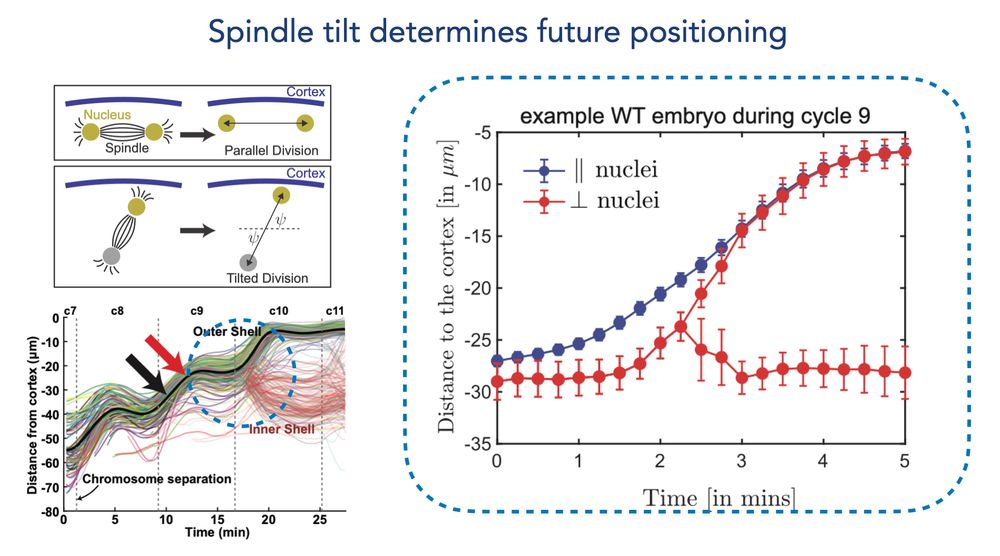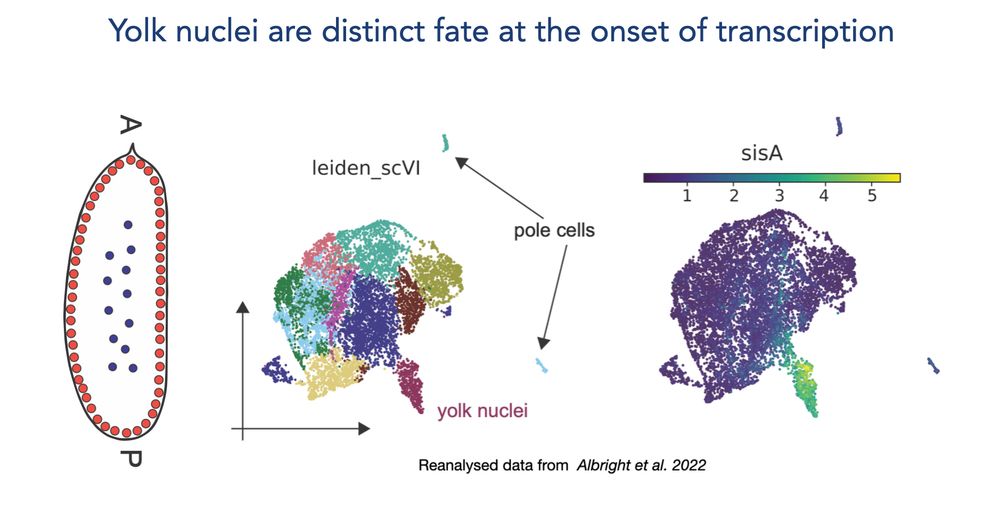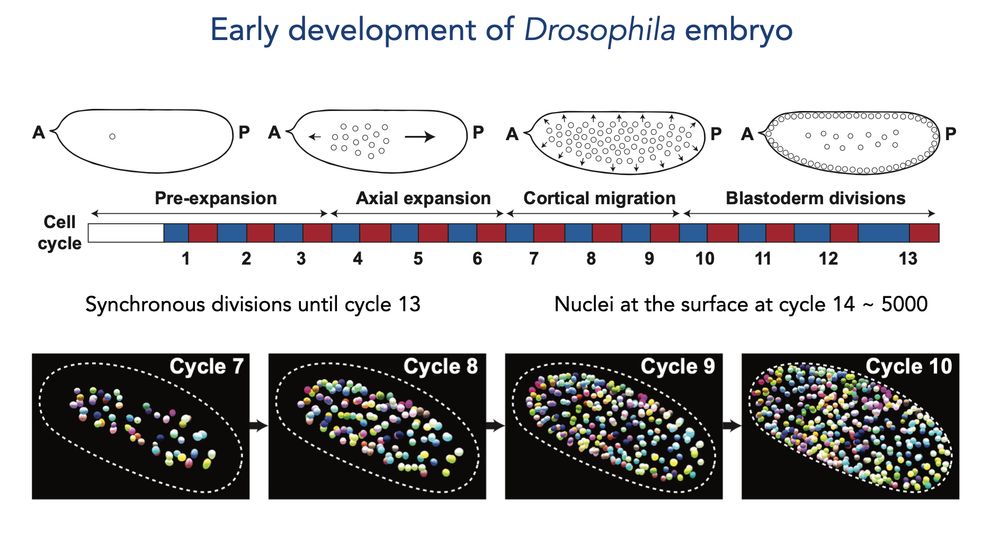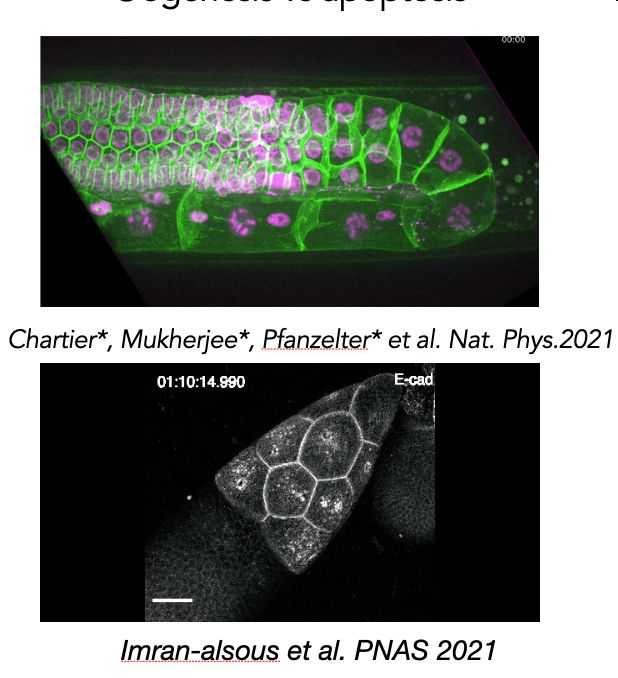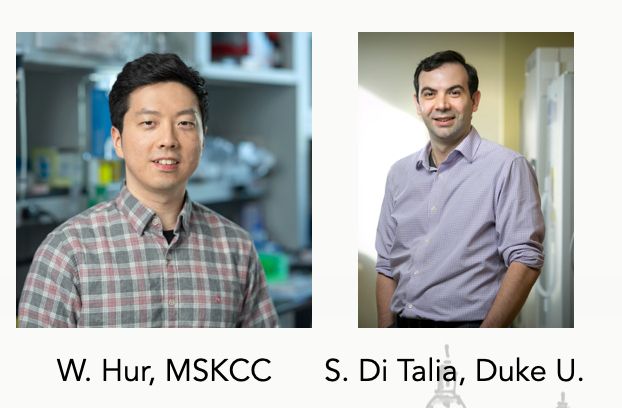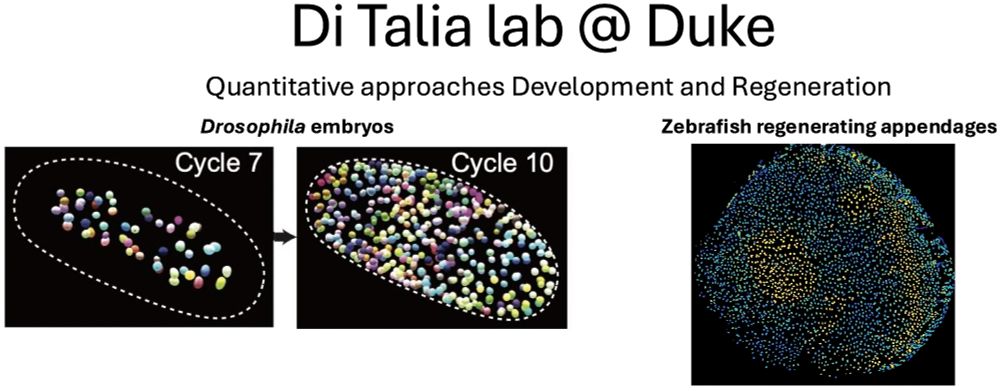Argo Mukherjee
@argo-mkhrji.bsky.social
170 followers
160 following
14 posts
Soon at UniGe . QBio Junior Research Chair at ENS. Research focus on Theories of Morphogenesis and data-driven discovery. Alum at MPI-Dresden and IISc.
Based in Paris 5eme.
https://t.co/GZUVvZgUR7
Posts
Media
Videos
Starter Packs
Argo Mukherjee
@argo-mkhrji.bsky.social
· Feb 25
Argo Mukherjee
@argo-mkhrji.bsky.social
· Feb 25
Argo Mukherjee
@argo-mkhrji.bsky.social
· Feb 25

Topological interactions drive the first fate decision in the Drosophila embryo
Nature Physics - Early positioning of the embryo nuclei is not well understood. Now, experiments show that the orientation of the mitotic spindle is controlled by topological interactions, which...
rdcu.be
Reposted by Argo Mukherjee









